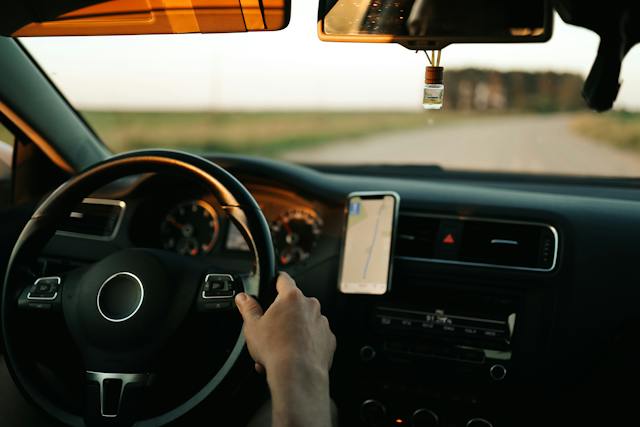When you replace your windshield in the Denver Metro area, have you ever wondered what happens to the old glass? Windshield recycling is a crucial aspect of the auto glass industry, ensuring environmental sustainability and innovative reuse. This comprehensive guide delves into the processes and benefits of AutoGlass recycling, specifically focusing on the journey of your old windshield.
Understanding Windshield Composition
Before diving into the recycling process, it’s essential to understand what a windshield is made of. Modern windshields are typically composed of laminated glass, a sandwich-like structure with two sheets of glass bonded together by a plastic interlayer, usually polyvinyl butyral (PVB). This composition enhances safety by preventing shattering on impact.
Separation from PVB
he separation of glass from the polyvinyl butyral (PVB) layer in windshield recycling is a crucial and technically challenging step. Here’s an expanded look at this process:
Breaking Down the Windshield
The first step involves breaking down the windshield into smaller, more manageable pieces. This is often done using a hammer mill or similar crushing equipment, which shatters the glass while still keeping the PVB layer intact.
Grinding and Milling
The broken windshield pieces are then further ground down to reduce the size of the glass shards. This process helps to liberate the glass from the PVB. Specialized milling equipment is used to ensure the glass is ground to the correct consistency, which is crucial for efficient separation.
Separation Techniques
After grinding, various techniques can be employed to separate the glass from the PVB. These techniques include:
- Mechanical Separation: This method involves using mechanical force to peel or strip away the PVB layer from the glass. This can be done using equipment such as rollers, scrapers, or brushes.
- Water-Based Separation: In this method, the ground mixture of glass and PVB is submerged in water. The difference in density between glass and PVB allows them to separate, with glass sinking and PVB floating. This process may involve agitation or stirring to enhance separation.
- Air Classification: This technique uses air flow to separate lighter PVB fragments from the heavier glass particles.
Purification and Quality Control
Once separated, both the glass and PVB go through purification processes. For glass, this involves removing any remaining PVB residue, as well as other contaminants. The glass is then sorted and graded based on quality and size for its intended next use. The PVB also undergoes cleaning to remove glass particles and any other impurities.
Innovative Separation Technologies
The industry continues to explore and develop more efficient and effective separation technologies. These include advanced mechanical processes, chemical treatments that weaken the bond between glass and PVB, and thermal methods that use heat to facilitate separation.
The separation process is vital in ensuring the purity and quality of the recycled materials. High-quality separation results in more usable glass and PVB, making them suitable for a wider range of applications in their second life. This step is also one of the most energy-intensive and technologically demanding parts of the windshield recycling process.
The Environmental Impact
Recycling windshields significantly reduces landfill waste. In the U.S. alone, millions of windshields are replaced annually, and without recycling, they would contribute significantly to landfill mass. Moreover, recycling conserves natural resources and reduces the energy consumption and greenhouse gas emissions associated with manufacturing new glass.
Glass Recyling in Denver

In Denver, the disposal and recycling of glass, including windshields, varies depending on the type of glass and its condition. While Denver proudly offers glass recycling services for items like glass containers, including bottles and jars, the recycling of window glass, including windshields, is more complex due to its chemical composition and melting temperature. These factors make it difficult for window glass to be recycled in the same way as glass bottles and containers. Disposing Of Window Glass Safely And Responsibly In Denver | Learn Glass Blowing
The recycling process for windshields is challenging due to the laminated structure of the glass, which includes a plastic layer (PVB) that needs to be separated from the glass. The complexity of this process might limit the recycling opportunities for windshields compared to other types of glass like bottles and jars.
As for Denver’s glass recycling capabilities in general, there are several glass recycling centers throughout the city that accept all glass containers. The recycled glass is then used to produce new products such as fiberglass insulation and new glass bottles. However, it’s important to note that not all glass from windshields may be suitable for these recycling streams due to the unique properties of laminated auto glass. Glass can be recycled infinitely. Here’s how it works in Colorado’s “closed loop.” – The Colorado Sun
AutoGlass recycling is a vital, yet often overlooked, aspect of environmental sustainability. As technology advances and awareness grows, the process of recycling your old windshield in the Denver Metro area will become more streamlined and impactful. By understanding and supporting windshield recycling, you contribute to a greener future.
